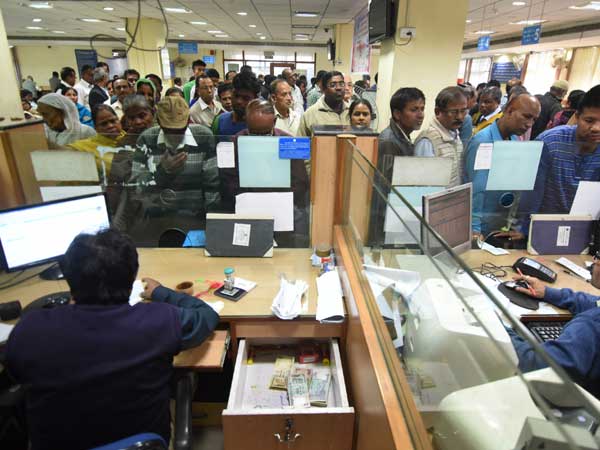
Deposit rates are set to rise, but limited competition from PCA banks will prevent a sharp increase in bank interest rates reflecting the cost of funds, the liquidity in the system, the pace of deposit accretion and credit off-take which, in turn, are driven by multiple factors. With the onset of the busy credit season in the second half of the financial year and other factors such as advance tax payments, festive season and state elections, the liquidity conditions of the banking system are expected to tighten in the coming months.
The YoY (year-on-year) credit growth of banks has been consistently outpacing deposit growth for seven consecutive months till July 2018, with incremental deposit accretion slower than the credit off-take. Further in absolute terms, during the last one-year period ending July 20, 2018, deposits grew by Rs 5.2 lakh crore, while banking credit grew by Rs 6.1 lakh crore. As a result, the liquidity in the banking turned to a deficit during July 2018 after remaining in surplus during Q1FY2019.
The slow deposit accretion in the banking system is the outcome of the sharp cuts in the deposit rates by banks post-demonetisation in November 2016, which continued till February 2018. Apart from the cuts in deposit rates, muted credit growth of public sector banks (PSBs) which hold two-thirds share in bank credit, meant that they did not need to actively chase deposits. Consequently, the competition for deposits was limited, thereby obviating the need to hike the deposit rates.
PSBs and credit growth
With two hikes of 25 basis points (bps) each in policy rate by the Reserve Bank of India (RBI) in FY2019, a few PSBs have hiked deposit rates by 20-25 bps. The rate hikes have been effected by PSBs, which are outside the prompt corrective action (PCA) framework of the RBI, and hence have better ability to pursue credit growth. At the same time, few private sector banks (PVBs) have hiked the deposit rates by a higher 40-50 bps in the same period, transmitting nearly the entire repo hike of 50 bps since June 2018. We expect more non PCA banks to raise deposit rates over the next few months as and when they decide to scale up on lending activities.
Despite offering higher deposit rates, PVBs have not been able to make a significant dent in the deposit base of PSBs, because of the widespread branch distribution network of latter. Offering higher deposit rates is unlikely to be sufficient for PVBs to garner a higher share of deposits from retail customers; rather, this may lead to repricing of existing deposits at a higher rate. Hence, PVBs are likely to continue to pursue high-cost bulk deposits.
The lending rates on the other hand continue to see a divergent trend in the debt capital markets and the banking channel. Though the bond yields in the debt markets have shot-up significantly since August 2017 – when the policy rates bottomed out at 6 per cent – the benchmark lending rates of the banks have seen a limited increase. The yields on the 1-year and 10-year AAA rated corporate bonds rose by 171 bps and 127 bps, respectively, during the last year to 8.58 per cent each, whereas the average benchmark lending rate (1-year MCLR) has seen a limited increase of 10 bps, and that too after the recent hike in policy rates in June and August 2018. On a median basis, the 1-year benchmark lending rate stands at 8.65 per cent, closer to the current AAA rated corporate bond yields. The simultaneous rise in bond yields and limited increase in benchmark bank lending rates have prompted borrowers to shift their credit demand to the banking channel, spurring the credit growth of the latter.
However, the ability of the banking system to support a high credit growth remains limited as PVBs are
already operating at a high credit to deposit (CD) ratio of ~90 per cent, implying limited headroom to
grow credit without a corresponding deposit growth. In contrast, PSBs with a CD ratio of 70 per cent, are short of capital to pursue credit growth.
Nevertheless, pricing power in the hands PVBs (until they can garner higher deposits) and PSBs (until they get additional capital), would push up lending rates to an extent in the current year.
With the sharp increase in bond yields, the corporate sector is already facing an increase in borrowing costs, despite the shift in credit demand to banks. With the aforementioned constraints of PSBs and PVBs, and their focus on retail credit, credit availability itself for corporates may become a bigger challenge in the coming months rather than its cost.
However, with the expected modest increase in deposit rates, the depositors can expect somewhat improved returns on their surplus funds. Some companies are directly tapping retail investors for their funding requirement, by offering rates significantly higher than bank deposit rates on their public issuances of bonds, providing them with another avenue to get better returns. While more entities are likely to tap this route, investors must be cautious regarding the credit rating of the underlying entities.





